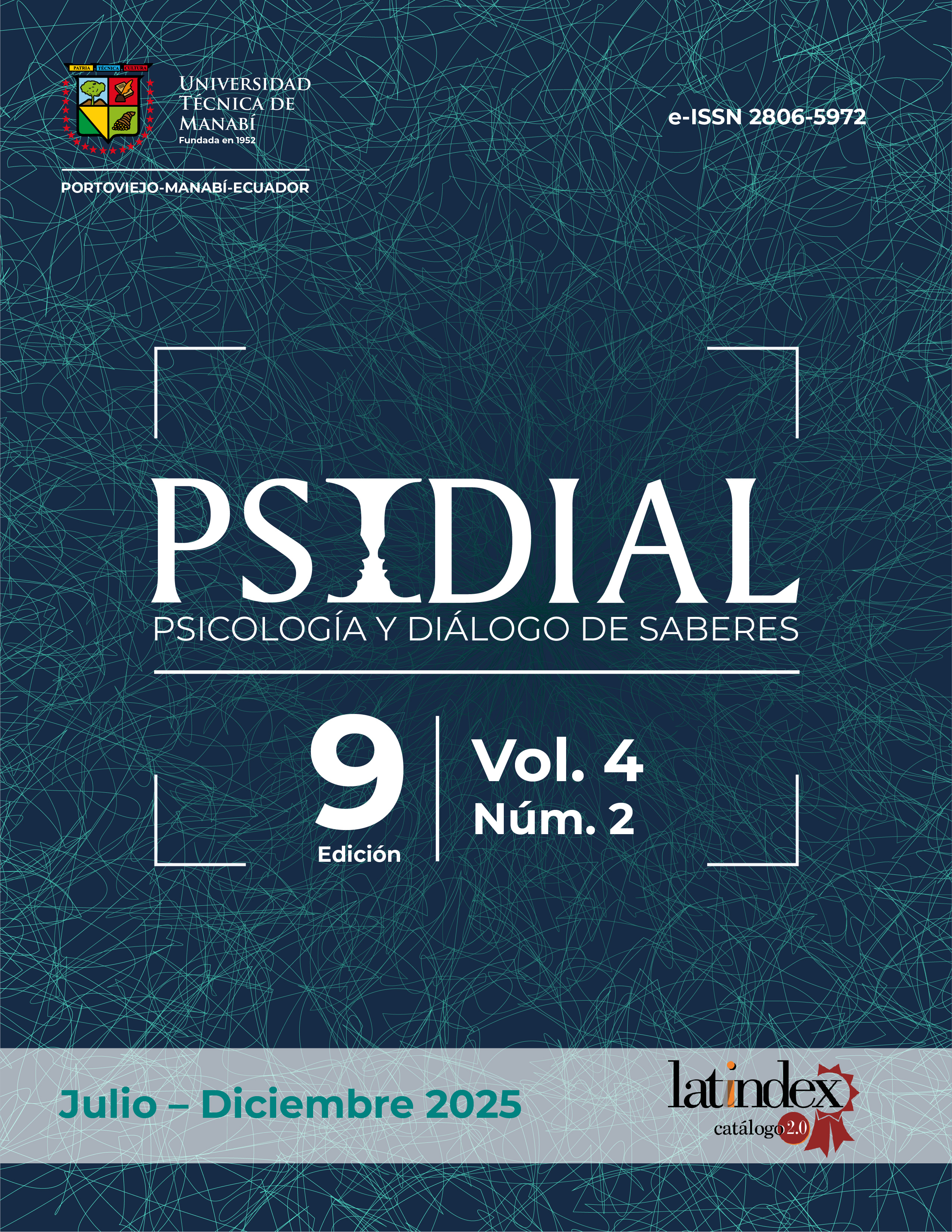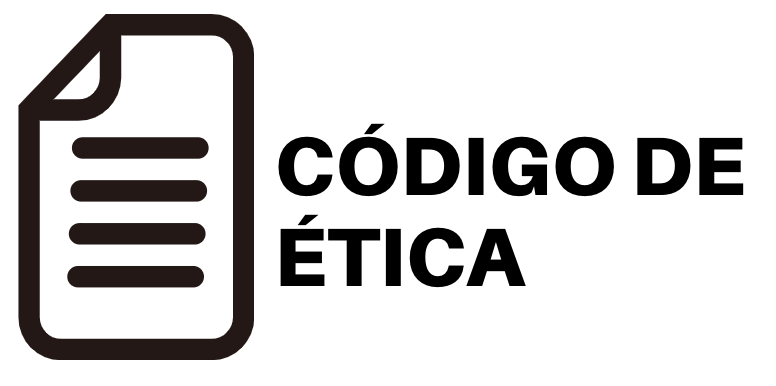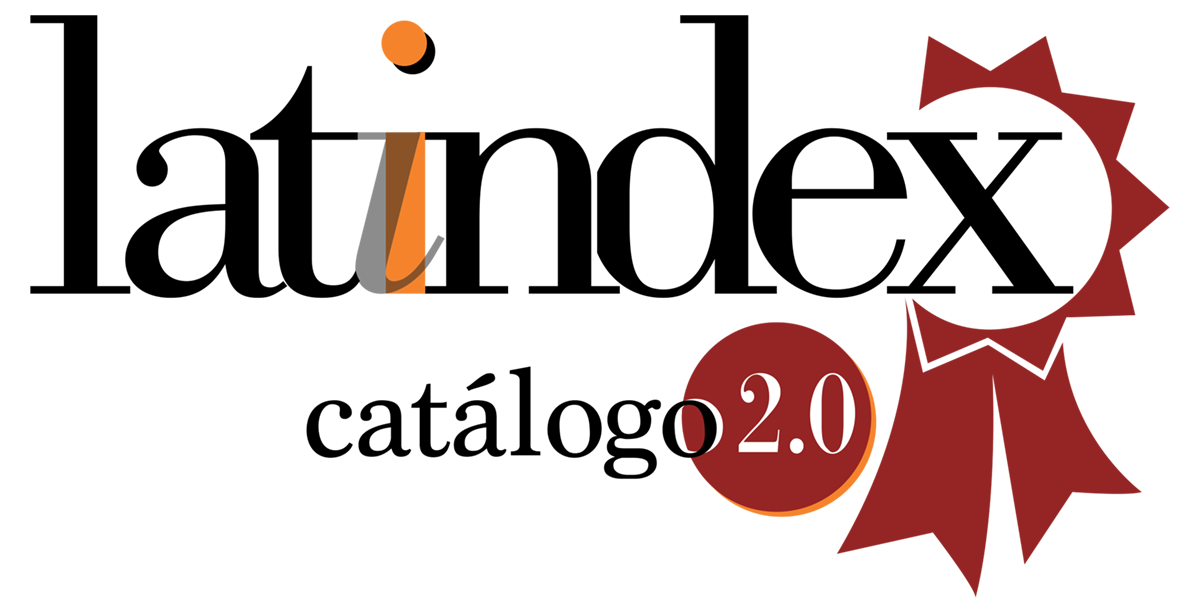Child behavior and neglect: influencing factors in the behavior of vulnerable children
DOI:
https://doi.org/10.33936/psidial.v4i2.7275Keywords:
child abandonment, child behaviors, influential factors, institutionalization, neglectAbstract
Institutionalized child abandonment represents one of the most critical social issues of our time. Neglect and sexual abuse are the most frequent causes of admission to protective institutions, although no universally accepted definition exists for these terms. This study aims to identify the determining factors influencing the behaviors of children in situations of abandonment. The research employed a descriptive design with a mixed-methods approach, integrating quantitative and qualitative methodologies.
The study population consisted of 34 girls and 1 boy, aged 8 to 11 years, all under legal protection in the city of Santo Domingo de los Tsáchilas. Sample selection was based on the inclusion criterion of children scoring at the "Very Severe" level on the ESPERI Test, a tool designed to assess four behavioral dimensions: inattention/impulsivity, dissocial behavior, prosocial behavior, and oppositional/defiant behavior.
Additionally, the reasons for institutional admission were analyzed as a relevant factor in the manifestation and progression of observed behaviors. The main causes identified included neglect—encompassing insufficient attention to nutrition and hygiene, caregiver absence, physical abuse, and abandonment—and sexual abuse, which included child trafficking, abuse by family members, and abuse by individuals in the child’s close environment.
Severe behavioral problems in institutionalized minors are linked to early adverse experiences and interactions with peers who share similar lifestyles, reinforcing negative attitudes and distrust toward their environment.
Downloads
References
American Psychological Association [APA]. (2014). Manual de diagnóstico
y estadístico de los trastornos mentales (DSM-5). Editorial Médica
Panamericana.
Aquehua, C. (2018). Confiabilidad y validez de las puntuaciones del Cuestionario
ESPERI de Transtornos del Comportamiento en Adolescentes escolarizados
en S.J.L 2018. https://repositorio.ucv.edu.pe/handle/20.500.12692/29328
Arruabarrena, I., y De Paúl, J. (2002). Evaluación de un Programa de Tratamiento
para Familias Maltratantes y Negligentes y Familias Alto-Riesgo. Redalyc.
org. https://www.redalyc.org/articulo.oa?id=179818141005
Bascuñán, S. L. 2009. Maltrato infantil: una dolorosa realidad puertas adentro.
In: C. U.-ONU. Santiago de Chile: Naciones Unidas. 12 p.https://
www.scielo.org.mx/scielo.php?script=sci_nlinks&pid=S2007-
&lng=en
Cantón-Cortés, David, & Rosario Cortés, María. (2015). Consecuencias del abuso sexual
infantil: una revisión de las variables intervinientes. Anales de Psicología,
(2), 607-614. https://dx.doi.org/10.6018/analesps.31.2.180771
Estévez, B. (2018). Maltrato Infantil-Negligencia [Tesis de maestría, Universidad
Oberta de Catalunya]. https://openaccess.uoc.edu/bitstream/10609/86185/6/
bestevezrTFM0718memoria.pdf
García. (2006). Tratamiento cognitivo conductual de la agresividad. Psicoterapeutas.
com. http://www.psicoterapeutas.com
González, J. (2007). El origen de la conducta agresiva. Revista Psicoeduca, 10.
Entender el abuso y la negligencia infantil: explicación de la política de la AAP.
(2018). HealthyChildren.org. https://www.healthychildren.org/Spanish/
safety-prevention/at-home/Paginas/What-to-Know-about-Child-Abuse.
aspx
Machado, J. (2019, 15 agosto). Unos 830 niños viven en casas de acogida por
negligencia de sus padres. Primicias. https://www.primicias.ec/noticias/
sociedad/ninos-negligencia-casas-de-acogida-maltrato/
Manso, M., y Manuel, J. (2006). Revisión de los principales modelos teóricos
explicativos del maltrato infantil. Enseñanza E Investigación En
Psicología, 11(2), 271-292. https://biblat.unam.mx/es/revista/ensenanza-einvestigacion-
en-psicologia/articulo/revision-de-los-principales-modelosteoricos-
explicativos-del-maltrato-infantil
Márquez, J., Díaz, J., y Cazzato, S. (2007). La disciplina escolar: aportes de las
teorías psicológicas. Revista de Artes y Humanidades UNICA, 8(18), 126-
Downloads
Published
Issue
Section
License
Copyright (c) 2025 Karina Paola Echeverría Cobeña, Antonia Katherine Navia Cedeño

This work is licensed under a Creative Commons Attribution-NonCommercial-NoDerivatives 4.0 International License.


















